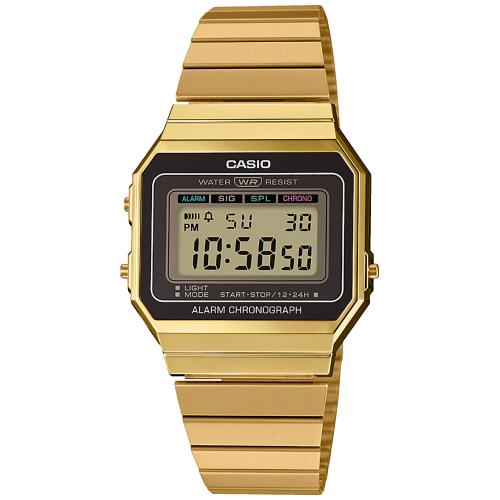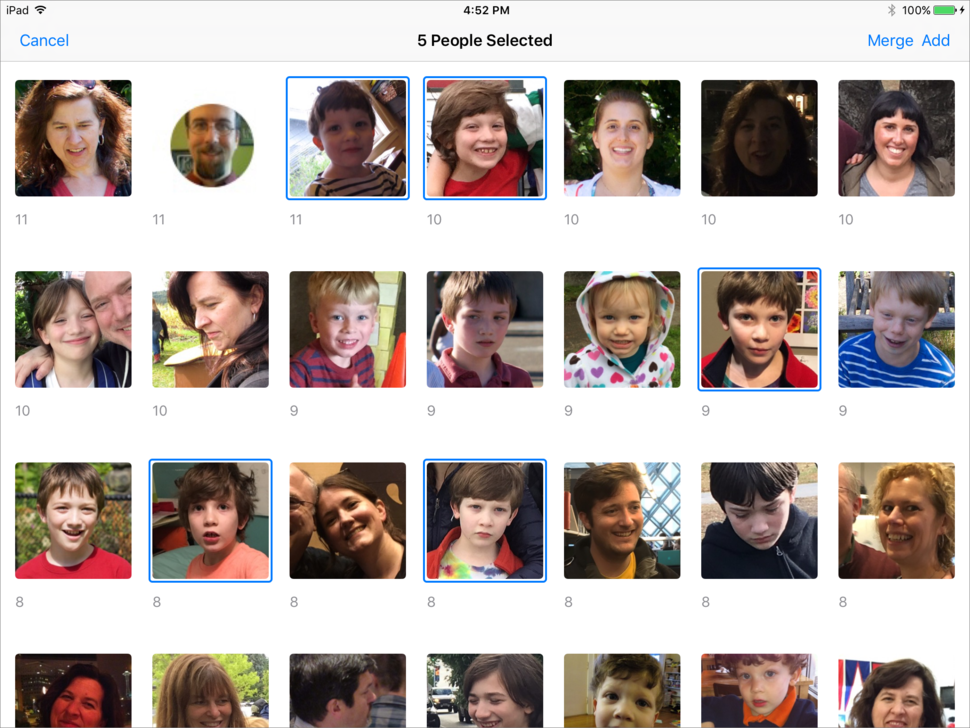- Lick your labeling problems with Smead labeling software solutions or traditional self-adhesive labeling products. These handy labels will help you create an efficient labeling system in record time. ColorBar® Labeling System.
- NiceLabel’s Label Management System includes a label designer, document management system, application builder, web printing system (for manual printing), integrated printing system, a non-production environment and a change and transport system.
Applies to: Azure Information Protection, Office 365
The key benefits of a modern Label Management System. Download this e-book to learn how to turn hidden costs into visible savings, increase efficiency, get products to market faster and ultimately sell more. Download e-book. Recommended resources.
Note
To provide a unified and streamlined customer experience, Azure Information Protection client (classic) and Label Management in the Azure Portal are being deprecated as of March 31, 2021. This time-frame allows all current Azure Information Protection customers to transition to our unified labeling solution using the Microsoft Information Protection Unified Labeling platform. Learn more in the official deprecation notice.
Have a question about Azure Information Protection that is specifically about classification and labeling? See if it's answered here.
Which client do I install for testing new functionality?
Currently, there are two Azure Information Protection clients for Windows:
The Azure Information Protection unified labeling client that downloads labels and policy settings from one of the following admin centers: Office 365 Security & Compliance Center, Microsoft 365 security center, Microsoft 365 compliance center. This client is now in general availability, and might have a preview version for you to test additional functionality for a future release.
The Azure Information Protection client (classic) that downloads labels and policy settings from the Azure portal. This client builds on previous general availability versions of the client.
We recommend you test with the unified labeling client if its current feature set and functionality meet your business requirements. If not, or if you have configured labels in the Azure portal that you haven't yet migrated to the unified labeling store, use the classic client. For more information, including a feature and functionality comparison table, see Choose which Azure Information Protection client to use.
The Azure Information Protection client is supported on Windows only. To classify and protect documents and emails on iOS, Android, macOS, and the web, use Office apps that support built-in labeling.
Where can I find information about using sensitivity labels for Office apps?
See the following documentation resources:

For information about other scenarios that support sensitivity labels, see Common scenarios for sensitivity labels.
Can a file have more than one classification?
Labeling Software For Mac
Users can select just one label at a time for each document or email, which often results in just one classification. However, if users select a sublabel, this actually applies two labels at the same time; a primary label and a secondary label. By using sublabels, a file can have two classifications that denote a parentchild relationship for an additional level of control.
For example, the label Confidential might contain sublabels such as Legal and Finance. You can apply different classification visual markings and different Rights Management templates to these sublabels. A user cannot select the Confidential label by itself; only one of its sublabels, such as Legal. As a result, the label that they see set is Confidential Legal. The metadata for that file includes one custom text property for Confidential, one custom text property for Legal, and another that contains both values (Confidential Legal).
When you use sublabels, don't configure visual markings, protection, and conditions at the primary label. When you use sublevels, configure these setting on the sublabel only. If you configure these settings on the primary label and its sublabel, the settings at the sublabel take precedence.
How do I prevent somebody from removing or changing a label?
Although there's a policy setting that requires users to state why they are lowering a classification label, removing a label, or removing protection, this setting does not prevent these actions. To prevent users from removing or changing a label, the content must already be protected and the protection permissions do not grant the user the Export or Full Control usage right.
When an email is labeled, do any attachments automatically get the same labeling?
No. When you label an email message that has attachments, those attachments do not inherit the same label. The attachments remain either without a label or retain a separately applied label. However, if the label for the email applies protection, that protection is applied to Office attachments.
How can DLP solutions and other applications integrate with Azure Information Protection?
Because Azure Information Protection uses persistent metadata for classification, which includes a clear-text label, this information can be read by DLP solutions and other applications.

Labeling Systems For Mac Operating System
For more information about this metadata, see Label information stored in emails and documents.
For examples of using this metadata with Exchange Online mail flow rules, see Configuring Exchange Online mail flow rules for Azure Information Protection labels.
Can I create a document template that automatically includes the classification?
Yes. You can configure a label to apply a header or footer that includes the label name. But if that doesn't meet your requirements, for the Azure Information Protection client (classic) only, you can create a document template that has the formatting you want and add the classification as a field code.
As an example, you might have a table in your document's header that displays the classification. Or, you use specific wording for an introduction that references the document's classification.
To add this field code in your document:
Label the document and save it. This action creates new metadata fields that you can now use for your field code.
In the document, position the cursor where you want to add the label's classification and then, from the Insert tab, select Text > Quick Parts > Field.
In the Field dialog box, from the Categories dropdown, select Document Information. Then, from the Fields names dropdown, select DocProperty.
From the Property dropdown, select Sensitivity, and select OK.
The current label's classification is displayed in the document and this value will be refreshed automatically whenever you open the document or use the template. So if the label changes, the classification that is displayed for this field code is automatically updated in the document.
Labeling Systems For Mac Pro
How is classification for emails using Azure Information Protection different from Exchange message classification?
Exchange message classification is an older feature that can classify emails and it is implemented independently from Azure Information Protection labels or sensitivity labels that apply classification.
Disc Labeling Software For Mac
However, you can integrate this older feature with labels, so that when users classify an email by using Outlook on the web and by using some mobile mail applications, the label classification and corresponding label markings are automatically added.
Labeling Systems For Mac Computers
You can use this same technique to use your labels with Outlook on the web and these mobile mail applications.
Labeling Systems For Mac Osx
Note that there's no need to do this if you're using Outlook on the web with Exchange Online, because this combination supports built-in labeling when you publish sensitivity labels from the Office 365 Security & Compliance Center, Microsoft 365 security center, or Microsoft compliance center.
If you cannot use built-in labeling with Outlook on the web, see the configuration steps for this workaround: Integration with the legacy Exchange message classification